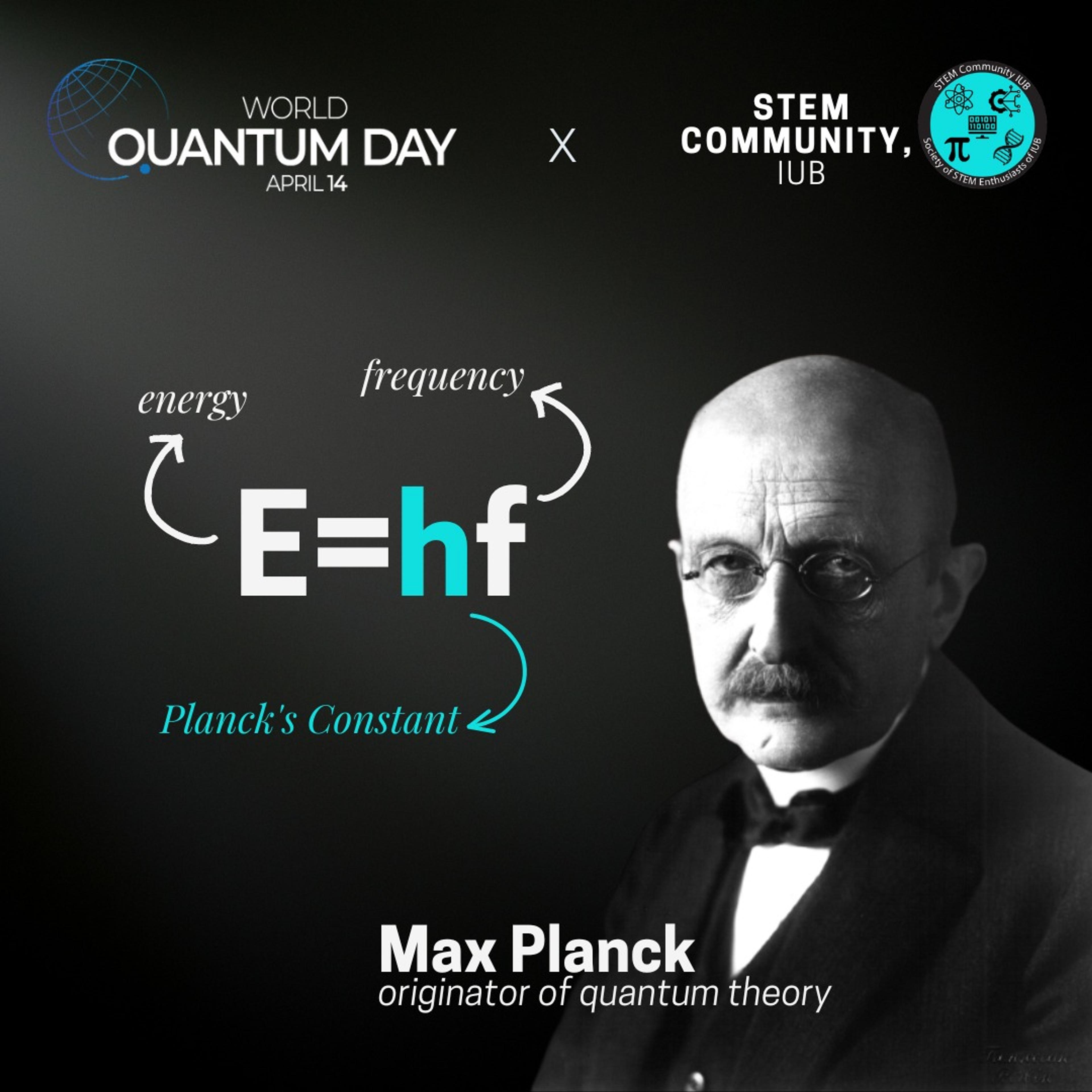16 Apr, 2023
views
Unraveling the Quantum World: Max Planck & His Constant
~1 min read
Share this blog

This is the first in a series of "Unraveling the Quantum World" with simple introductions on Quantum Science & Technology. The other three are on Schrodinger's Cat Thought Experiment, Quantum Cryptography and Quantum Teleportation.
Planck's constant, denoted by 'h', is a fundamental physical constant that relates the energy of a photon to its frequency. It is a cornerstone of quantum mechanics with its value being approximately 6.626 x 10^-34 joule seconds.
Max Planck, a German physicist, is known as the father of quantum physics. In 1900, he introduced the concept of quantization of energy, which marked the beginning of quantum theory. He proposed that electromagnetic radiation energy is not continuous but is quantized into discrete packets, called quanta. This idea challenged the classical view of physics and laid the foundation for the development of quantum mechanics. The relationship E=hf is known as the relationship between the energy of a single quantum of radiation and the frequency of the radiation. For his work on quantum theory, Planck was awarded the Nobel Prize in Physics in 1918.
Overall, Planck's contribution to the study of radiation and quantum mechanics laid the foundation for the development of this new branch of physics. His name is synonymous with the beginning of the quantum revolution in physics.
